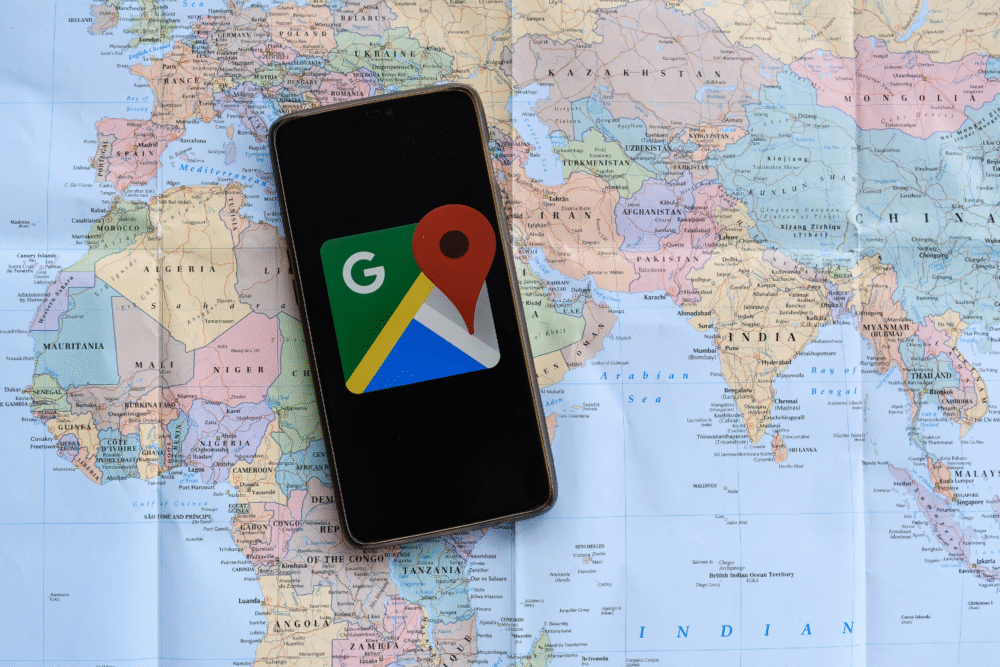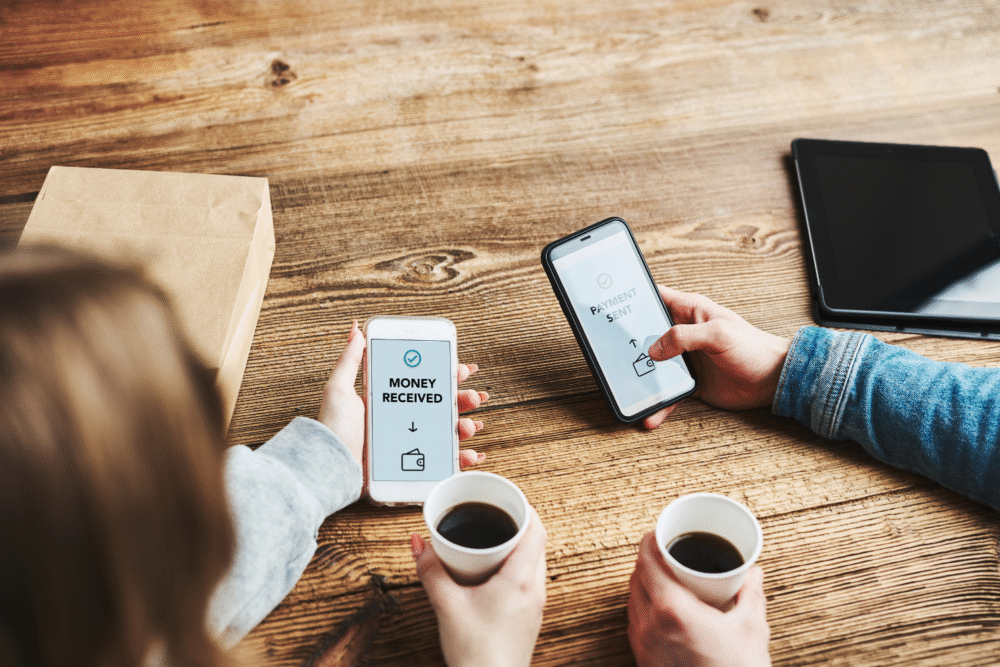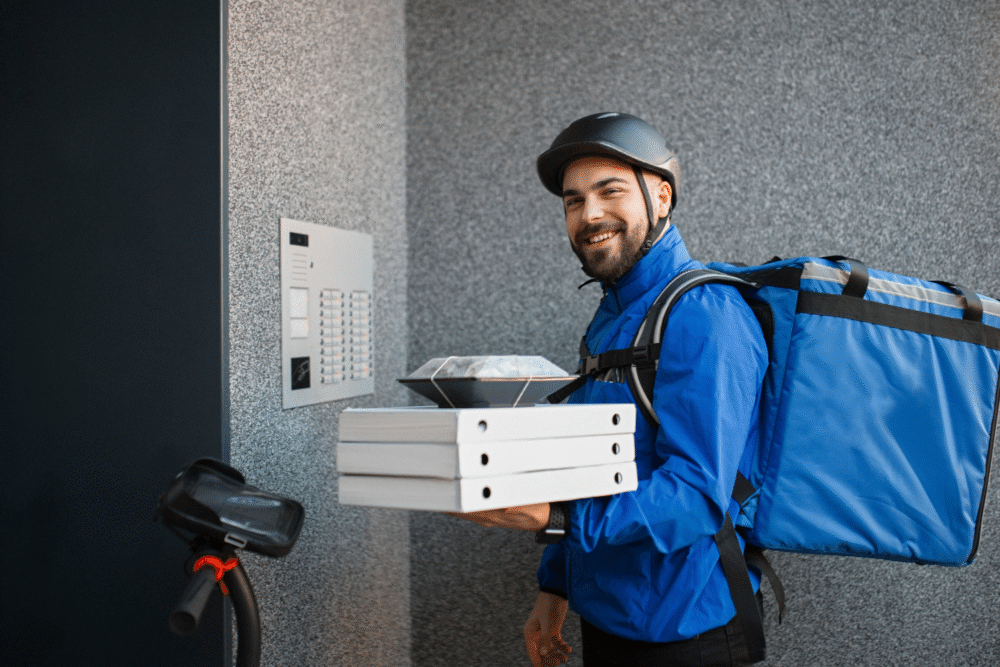Today’s superpowers would have melted a dial-up modem.

If you could time-drop today’s phone into 1996, it would read as a magic trick. The apps we treat as furniture would have reconfigured commutes, mixtapes, office politics, and Friday nights in one tap.
This list isn’t nostalgia bait—it’s a reminder that software keeps collapsing errands, tools, and gatekeepers. Each app would have felt ridiculous in the dial-up era, now they run our lives. Used well, they buy back time you didn’t know you spent.
1. Google Maps

Turn-by-turn directions in your pocket would have melted a ’90s atlas. Live traffic, instant reroutes, and street-level imagery compress an entire glovebox into a thumbnail icon. It doesn’t just tell you where to go; it quietly predicts what you’ll hit on the way.
Use lists to pre-plan trips, share ETAs so arrivals stop guessing, and download offline maps before dead zones. Explore eco routes, avoid tolls when budgets bite, and add custom pins for places you’ll actually return to.
2. Spotify

Unlimited music on demand would have retired the CD wallet on sight. Discovery algorithms replace mixtapes with recommendations that know you better than your high-school friend with a boombox.
Create work playlists for specific tasks—deep focus, email triage, creative sprint. Crossfade keeps momentum smooth, and offline downloads mean your soundtrack never buffers on the subway. Blend podcasts between albums, set a sleep timer, and share collaborative playlists that update like living mixtapes. Cross-device sync means your queue follows you from desk to commute without a hiccup.
3. Uber

Summoning a car in minutes without cash or phone calls would have read like science fiction. GPS tracking and upfront fares solved the two worst parts of cabs: uncertainty and negotiation.
Use saved places for speed, split fares to keep friendships tidy, and check driver ratings like a second seatbelt. It’s convenience with receipts built in. Schedule rides for early flights and use “quiet mode” when you need a decompressed ride between meetings. Use trip notes to share gate codes or pickup quirks so the handoff is smooth even at 2 a.m.
4. Venmo

Paying friends instantly with a note and emoji would have ended the eternal “I’ll get you back.” No checks, no ATMs, no counting change over a sticky table.
Set privacy to friends or private, label transactions clearly, and move excess balance to your bank on schedule. It makes small debts vanish before resentment grows. Create shared tabs for group trips, keep receipts tagged, and set reminders for recurring rent splits. Bank transfers clear faster than coffee IOUs, keeping friendships tidy and budgets honest.
5. Zoom

Face-to-face meetings without plane tickets would have crushed the travel budget. Screen share, recordings, and breakout rooms compress a conference center into a tab.
Mics mute by default, cameras optional, agendas visible—habits that keep meetings short and bearable. Record decisions in chat so the hallway conversation finally survives. Virtual backgrounds hide laundry; waiting rooms tame chaos. Use transcripts to capture action items without a separate scribe. Short, focused meetings beat long, meandering ones; the tool rewards preparation more than performance.
6. Slack

Instant messaging with searchable history beats interoffice memos by a century. Channels organize chaos, and threads keep conversations tidy enough to revisit without archaeology.
Name channels with verbs, pin decisions, and automate status updates. Done well, Slack replaces a dozen status meetings with five readable lines. Keywords are a superpower: search once, find later. Integrations pipe updates in without turning your day into a tab parade. Status emojis reduce pings—set “heads down” and watch interruptions drop to nearly zero.
7. Airbnb

Staying in a stranger’s home with reviews and maps would have sounded absurd—until price and flexibility won. You live in neighborhoods, not lobbies, and the filter list reads like a concierge.
Create wishlists by trip theme, message hosts to sanity-check plans, and read the house rules twice. It turns travel into borrowing a local’s life for a weekend. Filters for kid-friendly kitchens or walkable markets turn a stay into an actual plan, not a guess.
8. DoorDash

Ordering nearly anything to your door without a single phone call would have stunned a landline. Maps show progress, substitutions happen in chat, and tipping no longer requires hunting for singles.
Schedule orders ahead for busy nights, group with coworkers to save fees, and favorite restaurants to reduce decision fatigue. It’s weeknight triage with manners. Pausing notifications near delivery time preserves focus while ensuring you don’t miss the knock. Group orders also consolidate receipts for reimbursements, saving future you a spreadsheet headache.
9. Shazam

Identifying a song in seconds would have ended the ’90s epidemic of humming to record-store clerks. It’s a tiny detective that fingerprints audio and returns an answer before the chorus ends.
Auto-Shazam during commutes, then add findings to a discovery playlist. You’ll never lose a great track to memory again. Lyric links and artist bios turn curiosity into context, perfect for water-cooler culture chats that don’t stall. It even works in bars and grocery aisles where asking a stranger feels awkward.
10. Google Photos

An infinite shoebox for pictures—with search that finds “beach,” “dog,” or “blue shirt”—would have broken the film lab. Backups happen silently, and sharing albums takes seconds.
Create shared family libraries, set auto-upload on Wi-Fi only, and let the assistant resurface forgotten moments. It’s nostalgia with organization baked in. Print photo books straight from albums, and let shared event folders collect everyone’s shots without group-text chaos. Facial recognition manages duplicates ruthlessly, which keeps libraries light and findable.
11. ChatGPT

Conversational AI that drafts emails, explains code, or sketches a business plan would have looked like cinema. Instead, it sits in a browser waiting for instructions, patient as a legal pad and twice as helpful.
Use it to outline, summarize, and brainstorm alternatives before you commit. Ask for tone, constraints, and examples; better prompts get better work. It’s a thinking partner that never gets tired. Treat it like a collaborator: ask it to critique drafts, invent headlines, or propose checklists you can tweak.
